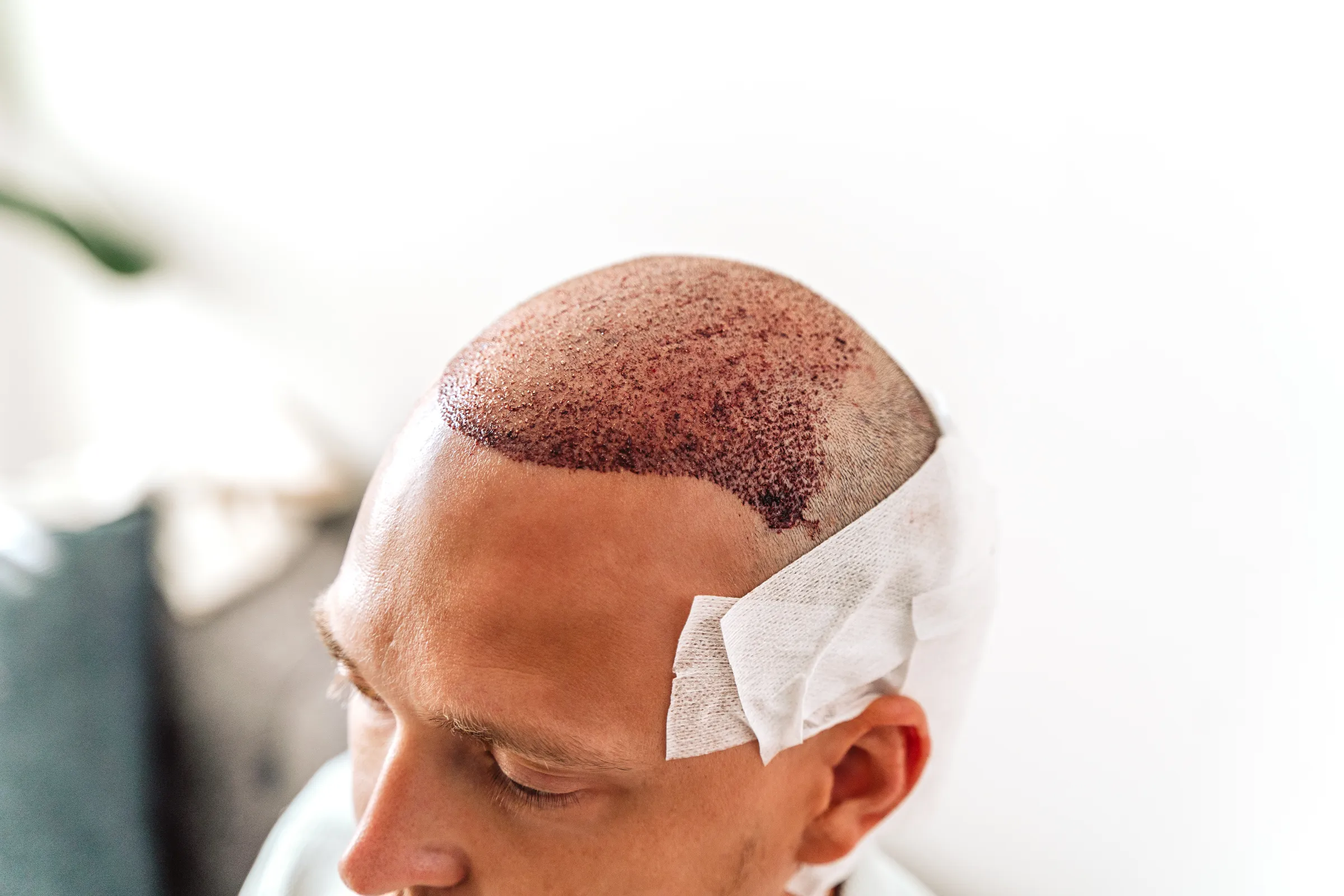If you’re experiencing hair loss, consulting with a professional is critical to making decisions about treatment and scheduling procedures that may work for you. DHI can assist in this regard, providing expert guidance to determine whether this option would suit you and in scheduling procedures accordingly.
The DHI technique utilizes the Choi Implanter Pen to transplant hair follicles quickly and accurately, creating canals simultaneously while implanting them for faster recovery times and improved results.
It’s a minimally invasive procedure
DHI hair transplant is a minimally-invasive alternative to FUE that offers safer and faster results. Since no incision is needed for DHI procedures, infection risk and post-surgical pain is greatly reduced; needle phobic patients can feel at ease during the procedure as well. Plus, DHI offers higher survival rates for hair grafts, so results will show sooner.
Before your procedure, a physical exam and medical tests will be conducted to ensure your health is suitable for surgery. Furthermore, you will have an individual consultation wherein a doctor will determine if DHI is the appropriate choice and discuss desired results with you.
After your procedure, you’ll be provided with detailed instructions regarding how to care for your transplanted hair. This may include refraining from touching or scratching it and protecting it from direct sunlight as well as taking necessary medication as directed. It is also wise to avoid alcohol and smoking during recovery.
DHI is an innovative hybrid technique that combines elements of FUE and FUT techniques for natural-looking results. Follicles are extracted using specialized tools before being implanted using a Choi Implanter pen in direct implant sessions into recipient areas. The pen provides more sensitivity for surgeons as they implant grafts in the desired direction, angle, depth. Furthermore, stress on the scalp is reduced, helping protect hair follicles against damage or strain that might otherwise damage them further.
It’s safe
DHI hair transplantation offers a safer alternative than other methods due to not involving incisions, reducing infection risks and making the procedure less painful, as well as helping patients recover faster. Furthermore, its non-damaging approach means you can continue washing your existing locks after the procedure has taken place.
The DHI method is a modified form of FUE hair transplantation technique. Both procedures involve extracting hair follicles from behind your head and implanting them into areas of balding. Before commencing with this process, your surgeon will apply local anesthetic. When finished with extraction process, she will place a bandage over treated area for protection.
DHI has an exceptionally high success rate compared to other hair transplantation techniques as it allows surgeons to manipulate individual follicles without touching them directly – thus increasing accuracy and creating more natural appearances. Furthermore, more follicles survive for increased chances of improved final results.
Select a highly experienced surgeon when performing any procedure. Make sure your MCI registered doctor has years of experience and is MCI compliant to ensure a safe and successful procedure.
It’s effective
Hair transplantation can be a complex surgery with potentially disastrous results if errors arise during its performance. DHI is an improved version of FUE that reduces risk by stabilizing implantation process and leaving no scarring on recipient and donor areas, making it an excellent solution for anyone wanting to increase the natural fullness of their locks.
At DHI hair transplantation procedures, surgeons use Choi pens to extract follicles from an area of scalp with denser follicles – typically near the back of the head where there are more densely packed follicles – before implanting them in balding regions of their scalps using canals tailored specifically to match each graft size resulting in less pain and blood loss during transplantation.
Selecting an experienced hair transplant doctor for this procedure is essential, as its execution requires skillful mastery to produce desired results. A surgeon without enough expertise may cause complications or leave noticeable scars behind – which would not only be frustrating but potentially life-threatening as well.
Prior to their DHI procedure, patients must undergo both physical and oral examinations to ensure that they are healthy enough for surgery. They will need to avoid medications that affect blood clotting such as Aspirin for one week prior to their appointment as well as taking anti-inflammatory drugs and vitamins in preparation for it.
It’s affordable
DHI hair transplant is an economical alternative to FUT or FUE transplants, with prices varying depending on which clinics offer it. While surgeon experience, reputation, and facilities all play a part in its cost, comparing prices can help identify hidden fees and charges which might not have been disclosed upfront by clinics.
DHI hair transplant involves extracting grafts from donor areas and implanting them at recipient sites. A Choi Implanter Pen tool is used by surgeons to create channels in which to implant these grafts; this technique enables grafts to be placed at an angle that matches their natural position on the scalp while growing along their original path, further minimizing chances of damage to grafts.
Before performing the DHI transplant, your surgeon will perform a micrograft to reduce swelling and improve the implant process, speeding recovery time while decreasing downtime. Surgery will take place under local anaesthesia with minimal downtime required post-op care instructions provided by your physician. Once complete, antibiotics and painkillers will be prescribed; you should sleep upright after surgery to minimize downtime.
Disclaimer: The content on this blog is intended for general informational purposes only. It is not a substitute for professional medical advice, diagnosis, or treatment. Always consult qualified healthcare providers for personalized advice. Information regarding plastic surgery, dental treatment, hair transplant, and other medical procedures is educational and not a guarantee of results. We do not assume liability for actions taken based on blog content. Medical knowledge evolves; verify information and consult professionals. External links do not imply endorsement. By using this blog, you agree to these terms.





